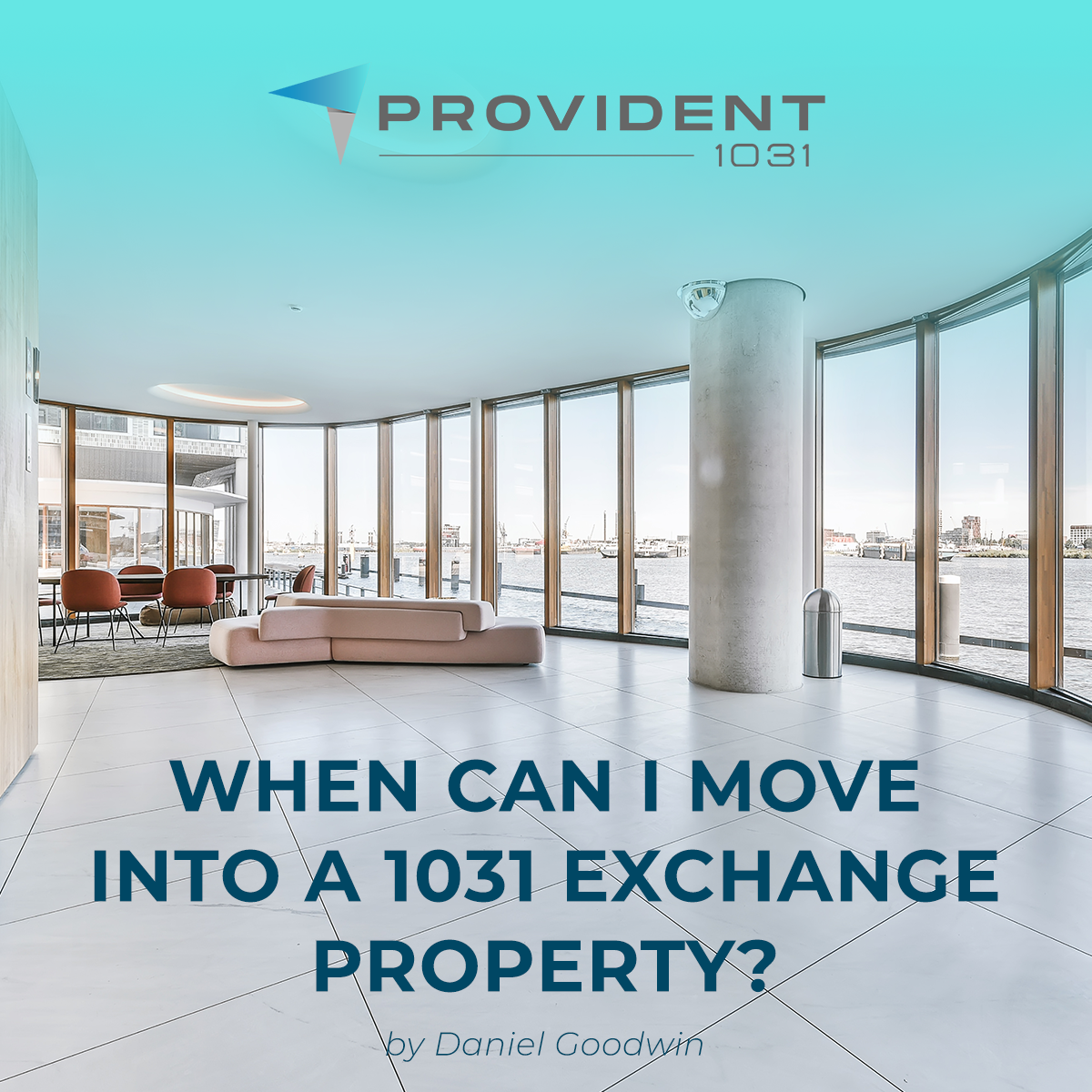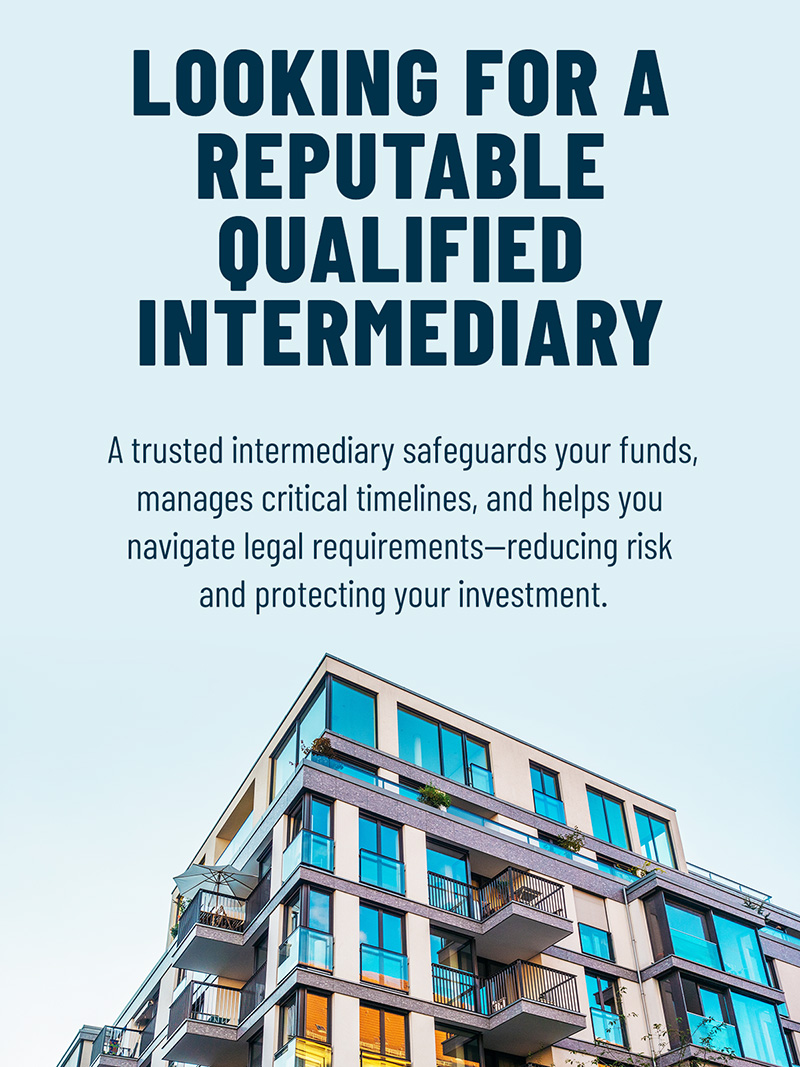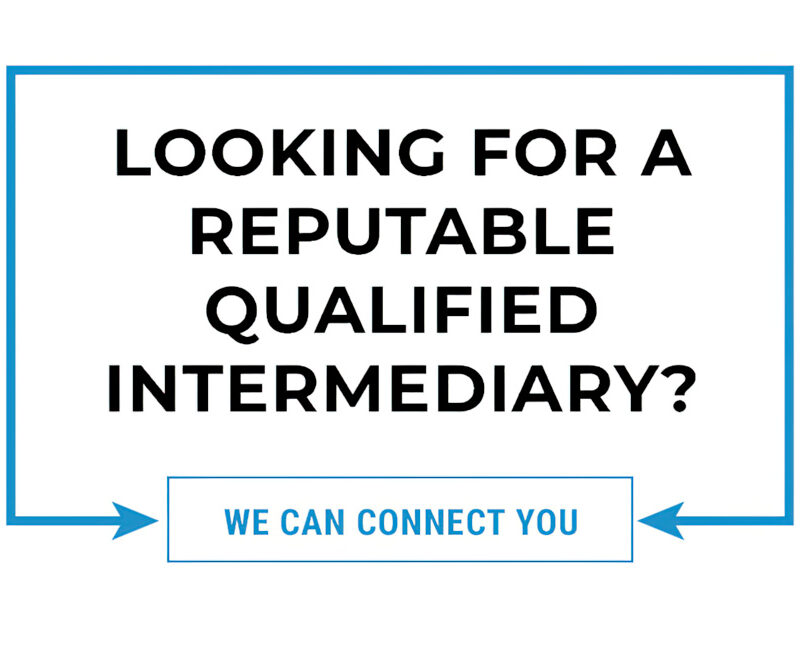Can You Live In A 1031 Exchange Property?

- What Is A 1031 Exchange?
- How Does A 1031 Exchange Work?
- Who Benefits from A 1031 Exchange?
- What Happens If I Move Into My 1031 Exchange Property?
- When Can I Move Into A 1031 Exchange Property?
- Can You Use A 1031 Exchange for A Primary Residence?
- How Long Do You Have To Rent Out A 1031 Exchange?
- Can You Live In A 1031 Exchange Property After 2 Years?
- Can An Owner Occupy A 1031 Property?
- Can An Owner Occupy A Duplex 1031 Property?
You may have invested in a 1031 exchange and are now considering converting the property into a primary residence; however, the strict IRS codes and regulations concern you. Dealing with the IRS is stressful, but you can acquire and convert your investment property into a primary residence without incurring the wrath of the Internal Revenue Service.
Here’s how:
What Is A 1031 Exchange?
A 1031 exchange is a real estate transaction in which one investment property is swapped for another, allowing the deferral of capital gain taxes. The term comes from the Internal Revenue Code IRC Section 1031, and its moving parts allow you to exchange your property with a like-kind replacement property. However, the Internal Revenue Service (IRS) limits their use with vacation properties and also imposes tax limitations and various time frames that could prove problematic.
How Does A 1031 Exchange Work?

A 1031 Exchange, also known as like-kind exchanges, allows real estate investors to swap one of their real estate investment properties (relinquished property) for a property of the same nature, character, or class. It’s important to note that most swaps are taxable as sales, but if a swap meets the 1031 requirements, it allows tax deferral, meaning that the investor won’t have to pay any tax or limited taxes at the time of the exchange.
As defined by the IRS, a 1031 exchange transaction allows you to change your investment type without cashing out or recording a capital gain. As a result, your investments can continue to grow tax-free, and there are essentially no limits on how many times you can do a 1031 exchange. As a result, you can easily roll over your profit from one investment property to another multiple times and avoid paying tax until you decide to cash out several years later.
This is fantastic as it applies even if you make a profit on each swap. Of course, during your cash out, you’ll only have to pay a long-term capital gains rate depending on income, but what does all of that mean for the average investor?
A 1031 exchange involves a simple exchange of one property for another between two individuals. However, the chances of finding a suitable 1031 exchange, in terms of the property itself, are very slim, which is why most of these are delayed. In case of delayed exchanges, a qualified intermediary must hold onto the sale proceeds of your property and reinvest the same funds into a replacement property for you.
Under the 1031 treatment, all money must go to the qualified intermediary, and you must designate at least one property you’d like to acquire. This designation must be submitted to the intermediary, in writing, within 45 days of the sale of your property. However, the IRS allows investors to designate up to three (3) properties as long as they close in on one of them within 180 days of the sale of the old property.
It’s worth noting that these timeframes run concurrently, starting from the day the sale of your previous property closed. Another noteworthy thing is the reverse exchange, in which you transfer the new property to the qualified intermediary, identify your property for the exchange, and close the swap within 180 days after the replacement property was purchased.
1031 property exchanges are reserved for business or investment properties, such as apartment buildings, vacant lots, commercial buildings, and any real property held for investment purposes. Under certain circumstances, even single-family personal residences, vacation homes, etc.
Who Benefits from A 1031 Exchange?

Investors are the biggest beneficiaries of 1031 tax-deferred exchanges, as they can trigger a profit known as depreciation recapture. Depreciation recapture happens when you sell a property at a greater price than its original cost.
For example, let’s say you bought a property for $200,000. The annual depreciation on that property was $10,000, and after five years, the value of said property fell to $150,000, at least on paper, as far as the IRS is concerned. Since the property’s value gets depreciated, so does your taxes on the property decrease, earning you a deduction.
However, if you were to sell your rental property for a greater value of $300,000 after five years, you’re earning $100,000 in capital gains. Since you wrote off an additional $50,000 through depreciation over a five-year period of time that clearly hasn’t happened, the IRS will also tax you on the depreciation sum at rates as high as 25%. That means you owe an extra $12,500 in taxes on the sale.
A 1031 exchange allows you to circumvent capital gain taxes and depreciation recapture when exchanging your property, allowing you to either grow your investment or exchange the property at a profit. Either way, depreciation recapture is only one of the complications that would require professional help with a 1031 exchange.
What Happens If I Move Into My 1031 Exchange Property?
Your personal property isn’t considered a property held for investment or business purposes by default and therefore isn’t eligible for a 1031 exchange. Similarly, the relinquished and replacement properties under the 1031 exchange can’t be used as personal residences.
However, let’s say your intentions changed after you acquired the replacement property and want to move in. In that case, the IRS will tax you for the capital gains (if any) for selling a property and incurring depreciation recapture. However, there are a few ways one can circumvent this and convert their investment property into a primary residence.
When Can I Move Into A 1031 Exchange Property?

You can’t do this immediately after the exchange transaction without incurring tax liability. The IRS has established a safe harbor that determines how long a replacement property must be retained as a rental before being converted into a primary residence or a vacation house without jeopardizing the exchange process.
The replacement property must be owned for at least two years immediately following the exchange. Additionally, for at least one year, out of two 12-month periods, the taxpayer must rent the replacement property for at least 14 days to another person at a fair rental price (it has to be documented in writing). On top of that, the taxpayer’s personal use of replacement property can’t exceed the greater of 14 days or 10% of the length of rental during the one-year period when you rented the property at fair rental prices.
After two years following the exchange have passed, you can safely move into your property and declare it a principal residence.
Can You Use A 1031 Exchange for A Primary Residence?

In most cases, the IRS doesn’t allow investors to make a 1031 exchange with their primary residence. This is because primary residences aren’t regarded as investment properties or properties held for business purposes but are actually used to house a family. However, you can use a 1031 exchange on a primary residence with careful planning and correct transition structuring.
Since Section 1031 allows you to acquire the rental investment as a replacement property, you can use Section 121 to convert your principal residence into Section 1031 rental investment property. Then you can conduct a 1031 exchange to replace it with another like-kind property used for investment purposes.
How Long Do You Have To Rent Out A 1031 Exchange?
You have to own a property for at least two years, and you have to rent it out for at least 14 days during a 12-month period. After that, you can rent it out to family members, as long as rent payments are documented in writing and appropriately taxed. Additionally, you mustn’t use the property for more than 14 days within a 12-month period, or more than 10% of the number of days the property has been rented out within 12 months.
Can You Live In A 1031 Exchange Property After 2 Years?
You can move into your exchange property after the 24 months following the 1031 exchange. Unfortunately, this only applies to single-owner properties; beneficiaries of Delaware Statutory Trusts can’t move into their 1031 property, as they only have a fractal percentage share of a single property.
Can An Owner Occupy A 1031 Property?
The IRS allows owners to occupy a property for no more than 14 days a year during the initial two-year period. However, there are some justifiable exceptions, including unemployment, severe loss of health, divorce, or any “life-changing event.” This could justify an owner moving into the 1031 property in under two years of ownership, as long as they can manage to prove intent that you initially acquired the property for investment purposes.
Can An Owner Occupy A Duplex 1031 Property?
You can exchange Mixed-use properties under Section 1031. Still, the business or investment side of the property will qualify for tax deferral under Section 1031. In addition, the personal-use portion of the property may be eligible for a primary residence exemption under Section 121.
You can live in a 1031 property you acquired; it is your property. However, the IRS has implemented certain limitations that would justify all tax deferrals and exemptions provided by Section 1031, so you might not be able to move into your property immediately. For more detail on 1031 Exchanges, don’t hesitate to contact me at https://provident1031.com.








